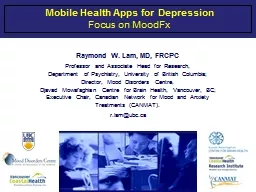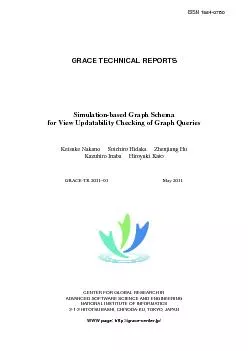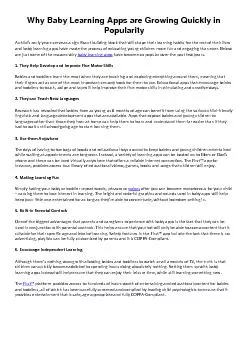PPT-Mobile Health Apps for
Author : conchita-marotz | Published Date : 2016-11-12
Depression Focus on MoodFx Raymond W Lam MD FRCPC Professor and Associate Head for Research Department of Psychiatry University of British Columbia Director
Presentation Embed Code
Download Presentation
Download Presentation The PPT/PDF document "Mobile Health Apps for" is the property of its rightful owner. Permission is granted to download and print the materials on this website for personal, non-commercial use only, and to display it on your personal computer provided you do not modify the materials and that you retain all copyright notices contained in the materials. By downloading content from our website, you accept the terms of this agreement.
Mobile Health Apps for: Transcript
Download Rules Of Document
"Mobile Health Apps for"The content belongs to its owner. You may download and print it for personal use, without modification, and keep all copyright notices. By downloading, you agree to these terms.
Related Documents














